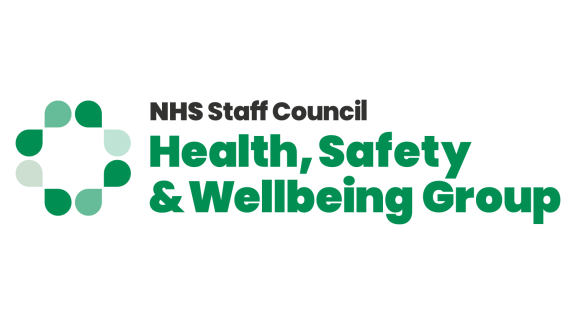Rapid access to treatment and rehabilitation for NHS staff

Line managers, health and wellbeing leads, trust boards, HR and occupational health professionals responsible for making decisions about how to manage rapid access services for staff in their organisation should read this guidance.
Our workforce is the NHS’s most valuable asset. Without staff who are well and in work, the NHS cannot deliver quality patient care. As well as the moral case for looking after our people, there is increasing research and evidence to support the need to do this too.
Given the NHS ambition to tackle the waiting lists that have built up during the COVID-19 pandemic, health leaders know how important it is to support their staff to remain well in the workplace or support a return to work safely and as soon as possible when they are unwell. We have updated our guidance to support employers with this challenging ask.
Organisations may experience that the longer someone is off sick, the harder it may be for them to return. This guidance provides information for NHS organisations looking to implement and/or review current rapid access processes and emphasises the importance of:
- timely intervention - early prevention and/or treatment for the main causes of sickness absence in the NHS
- rehabilitation - to help staff to continue to contribute to work retaining connection and purpose or support to return to work after illness.
What is rapid access?
Rapid access, or fast tracking as it is also known in some NHS organisations, is a system which provides rehabilitation and treatment for NHS staff but not to the detriment of the health needs of patients. This enables staff to remain in the workplace or enables a return to work which is, fast, practical, and reasonable. Each circumstance should consider the needs of the individual, organisation and where the support required is complex, be able to demonstrate value for money.
Where rapid access to services is available, this may prevent a member of staff taking sickness absence leave from work. They may have been seen in the workplace, or care may form part of a preventative approach to supporting staff with physiotherapy, mental health support or access to dermatology services support.
Implementing a successful rapid access scheme that meets the needs of your staff and organisation may:
- help staff feel valued
- demonstrate that they are being listened to and cared for
- increase staff morale in individuals and amongst teams
- reduce staff sickness and in turn save the organisation money
- provide better patient care, as staff are well and in work
- reduce the organisations agency and/or bank costs if clinical staff are needed to cover a role
- retain staff and provide continuity of care.
The stay at work (SAW) philosophy is focused on helping the individual (or workforce) to remain in work when experiencing a health problem, with the aim of preventing unnecessary sickness absence (both present and future).
Return to work (RTW) is the process of returning to the workplace following sickness absence, the goal being a sustained return to usual tasks in the same job (accepting that this will not always be possible). Whilst SAW is the conceptually preferred option, the RTW process should not be ignored. The psychosocial obstacles to both SAW and RTW have shared characteristics, so tools applicable for one will help with the other.



